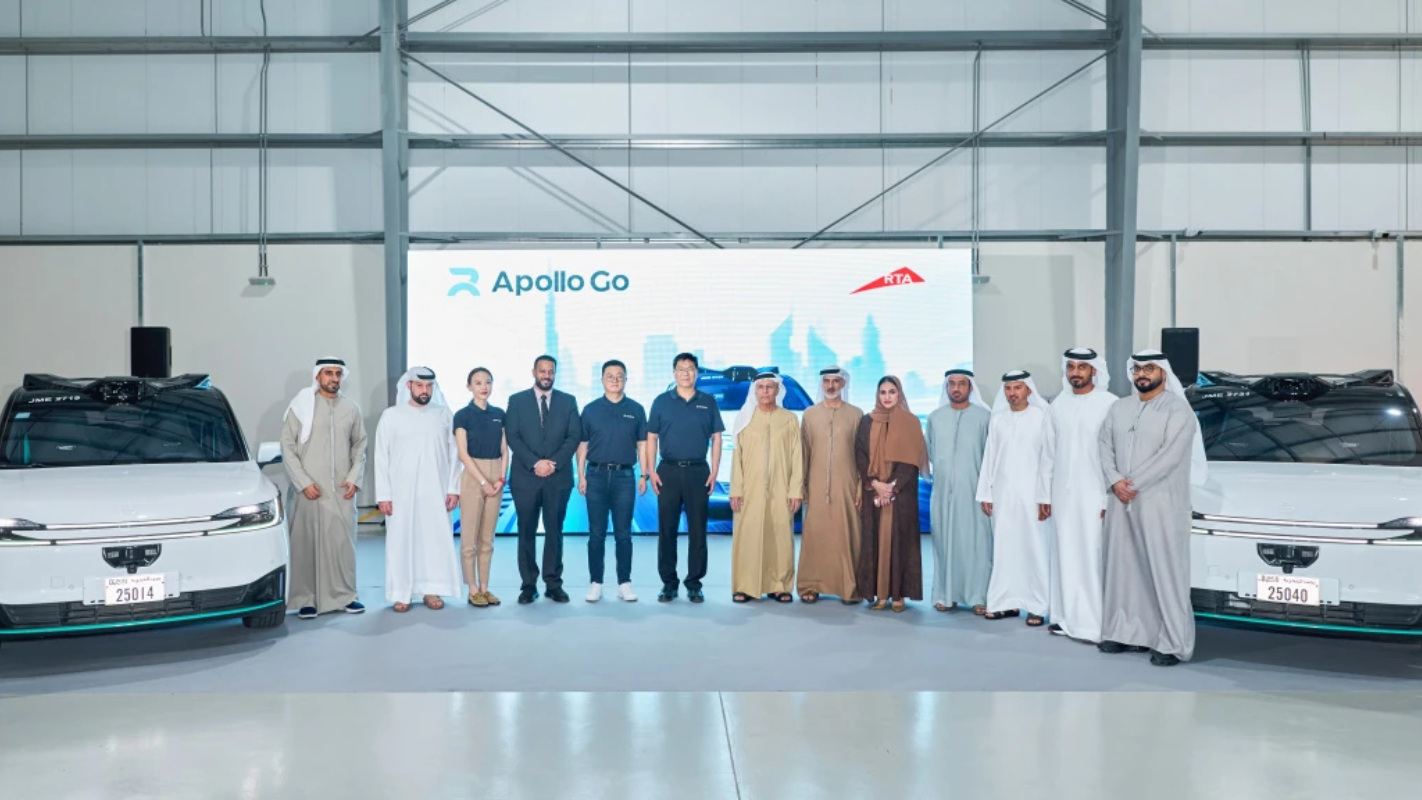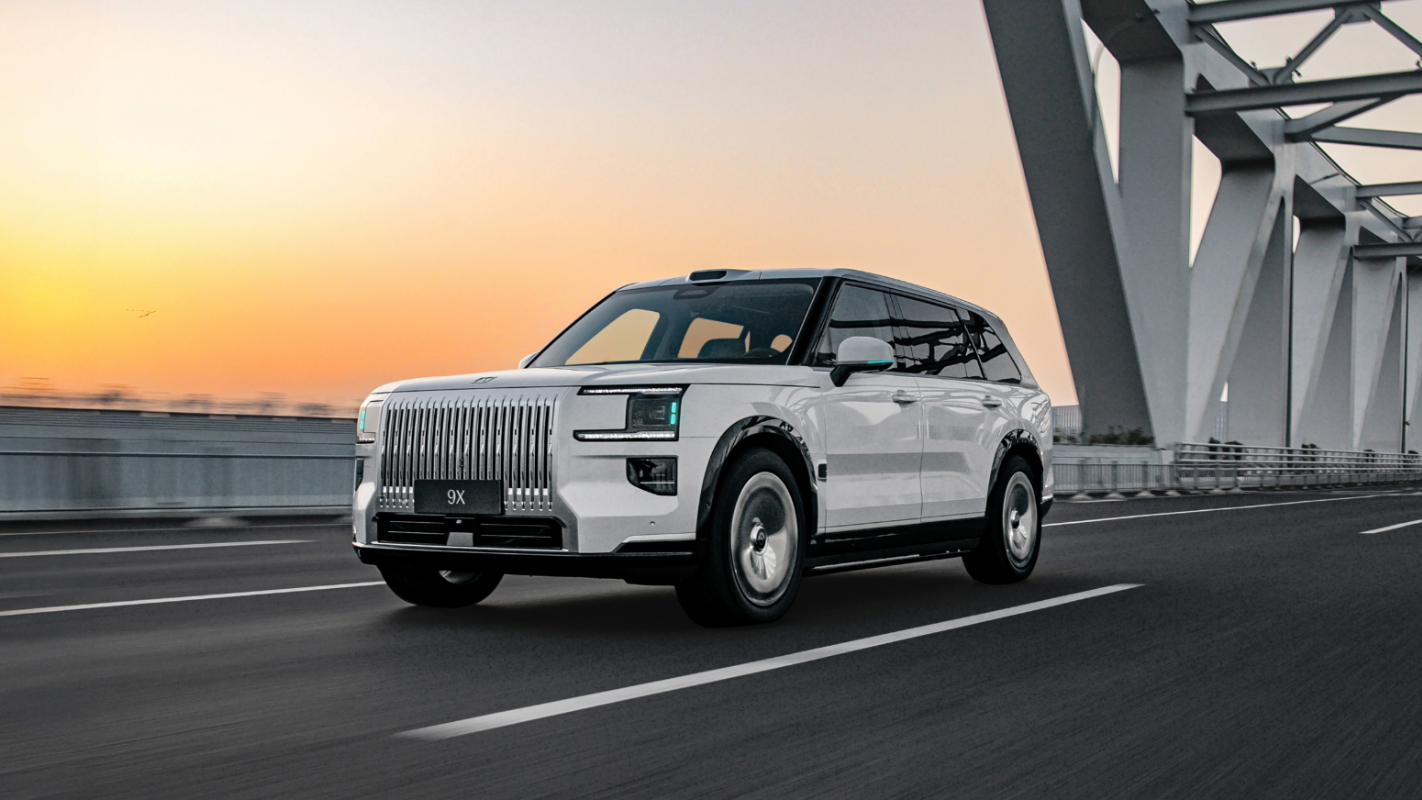While the aftermarket is fairly certain the average consumer is unaware of parts sources and brands, do jobbers know the source of the parts they purchase and distribute to their professional customers?
Ray McDonald, who has been in the parts business at Flag Auto Parts in Dallas, Ga., for more than nine years, says he is one of the jobbers who doesn't always know where a part is coming from.
"What is an American part vs. an import part?" McDonald asks. "You buy parts boxed by an American company but made overseas. You really don't know anymore where a part is made."
Mary-Beth Kellenberger, consulting analyst at Frost & Sullivan, concurs: "Many North American manufacturers are only manufacturing a portion of the line they sell. They are focused on the most popular/volume parts and will often outsource the manufacturing of the lower volume parts to other manufacturers. Once it is in the box, it is very hard to tell who manufactured it."
The when's and where's of the part don't seem to matter, though, as long as the part functions, McDonald says.
"As a Parts Plus auto store, we do sell private labels as well as name brand parts to both garages and retail customers. We have found that quality import parts do sell," McDonald says. "Our customers depend on us to sell them quality parts that will fit and function."
McDonald says his store has built a reputation, like many other stores, of having quality parts that do not cause customer problems. If those parts are not OEM, and they save the shop and the consumer money, a non-OEM part gets sold.
"We have found that most consumers make a repair shop or purchase location choice and they rely on the shop for parts recommendations," Kellenberger says. "If they are happy with the service, they are confident in the decisions the shop makes on their behalf."
Quantity vs. quality
Sometimes those parts decisions may be off-brand.
"Competitive pricing has become an important issue, and if you don't face up to that, you won't successfully stay in business," McDonald says. "One way of staying in business is to sell import parts. As with American parts, there are quality import parts and there are cheap inferior import parts."
However, some owners find foreign and non-certified parts to be more substandard than others.
"The only parts I buy are NAPA's top-end line, or from the dealer," says David Eckerdt, owner of Neighbor Dave's Transmission and Auto Care in Modesto, Calif. Having been in and around the auto repair business his whole life, and having owned his own place for three years, Eckerdt says there is a great difference in part quality.
"There are repackaged parts; there are people who pay for the NAPA auto care banner for the warranty and then buy from AutoZone or others to increase profit. They go for quantity not quality," Eckerdt says.
McDonald does not automatically rule out any parts, though.
"The import parts also offer an alternative to the higher priced American parts. Sometimes the customer will choose the cheaper parts knowing that a higher priced American part was available," he says. "If the import part functions in an acceptable manner, they become receptive to buying an import part the next time. If the part does not function in an acceptable manner, often times, they will come back and ask for the American-made parts."
But perfect function is not always an issue, Kellenberger says.
"Much of consumers' decisions are based on perceived value," she says. "In some cases, the major factor influencing value is how long they are intending to own the vehicle; the second would be the intended use of the vehicle. If the vehicle is intended to be used in a heavy duty role, consumers will go for higher perceived parts. If the ownership time is expected to be low, white box parts may serve the purpose.
"How that part performs is important to the consumer, and poor performance can come from either a branded or white box part," she continues.
Tom Baldwin, owner of Baldwin Auto Parts in Boiling Springs, N.C., says he tries to avoid white box parts. However, customers want to buy white boxes simply because they are cheaper, he says. "It's purely a price thing."
If a customer is given three choices — Baldwin always tries to offer at least three lines — they often choose the cheaper grade parts, he says. He adds his stores try to sell premium lines at all times, because there is a significant difference between the premium and the economy parts.
The selection makes a customer feel informed, though, and if they have the money they sometimes buy the higher grade parts — because they've been educated a bit, Baldwin says. But the driving force in white box purchases is price, he adds. Many people just can't pay for the premium and OEM parts, so they get cheaper lines.
"But, if I wouldn't put it on my car I'm not gonna sell it," Baldwin says.
He adds that his store does not misrepresent the parts, and if a customer is insistent on the OEM part, he sends them to a dealership. But many customers are happy with non-OEM parts, as long as they are aware and have been given a choice. That has kept him in business for 29 years, he adds.
However, many customers never even know about the part, just the price, says Kellenberger.
"When they are buying parts through a service shop, most don't ask or think to ask what brand of parts is going on their car," Kellenberger says. "If they are at a dealership, they assume it is genuine OE parts. If they are at a service location, if the shop is showing a brand, they assume it is that brand. If they are at a franchise service location, they are often seeing a franchise brand or a white box brand and there can be anything in those — from the very highest quality brand to a very low-cost import product."
Is OEM the low-cost solution?
If a repair shop is looking to stock low-cost parts to make more money, the shop may be better going with the OEM part, says Scott Bonnell, owner of Bonnell's Collision Center in Pennsylvania. Shops may not make nearly as much money when using an aftermarket part, he says.
"We try to use as little (aftermarket) as possible, due to fit and finish. An (aftermarket) part takes longer to install than an OEM part. Two-thirds of the time a shop is never compensated for additional labor in fitting (aftermarket) parts.
"I'm always looking for a CAPA Certified part, if an aftermarket part must be used," he adds. CAPA is the Certified Auto Parts Association that tests aftermarket parts for fit and function.
Many parts that do not receive a CAPA certification get other certifications, from NAPA and such. Organizations like the International Organization for Standardization (ISO) and the International Automotive Task Force (IATF) also have certifications for aftermarket parts. DaimlerChrysler, Ford Motor Company and General Motors Corporation are among those groups that belong to the IATF.
These labels and certifications may make consumers feel safer, and trust the part more, but sometimes shops don't have the option of using them because of money, notes Kellenberger.
"Half the time insurance adjusters never inform consumers of parts being installed on their vehicle," Bonnell says.
Many of the insurance adjusters are independent outfits trying to save money, he says.
Whenever a customer has an insurance estimate, Bonnell says he makes sure to review it with, and explain it to, them. Some don't understand and others just get angry, but the shop has to follow the insurance company orders, he says.
However, Frost and Sullivan's information reveals that not all consumers are angry about aftermarket parts, Kellenberger says.
"Historically, the OE brand was perceived to be the best. It is what the car company designed the vehicle to use. That perception is changing," especially for performance parts like brakes, wheels and suspension products, Kellenberger says.
The prices are important, but it still comes down to one thing, says McDonald: proper function for what they want.
"A big part of customer service is selling parts that live up to the customer's expectations," McDonald says.
"(Frost & Sullivan) have found that most consumers make a repair shop or purchase location choice and they rely on the shop for parts recommendations. If they are happy with the service, they are confident in the decisions the shop makes on their behalf," Kellenberger says.
Customers can be misled about part quality, but it's not always intentional and sometimes is a result of the private labeling and subcontracting of many manufacturers, Kellenberger says.
"Right now people are looking to tune vehicles in two ways: optimal performance and fuel economy optimization. Those who want performance are brand driven and will spend the maximum that their budget will allow," she states. "Those who seek fuel economy optimization are buying based on value. I am no further ahead if what I spend on optimizing my fuel consumption costs more than my savings."








